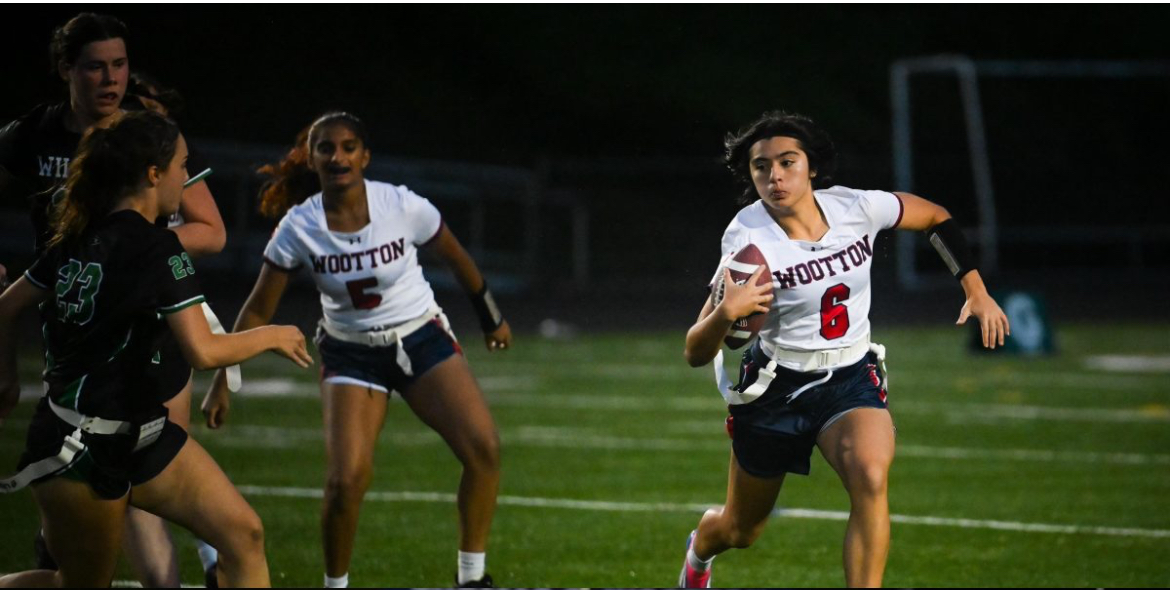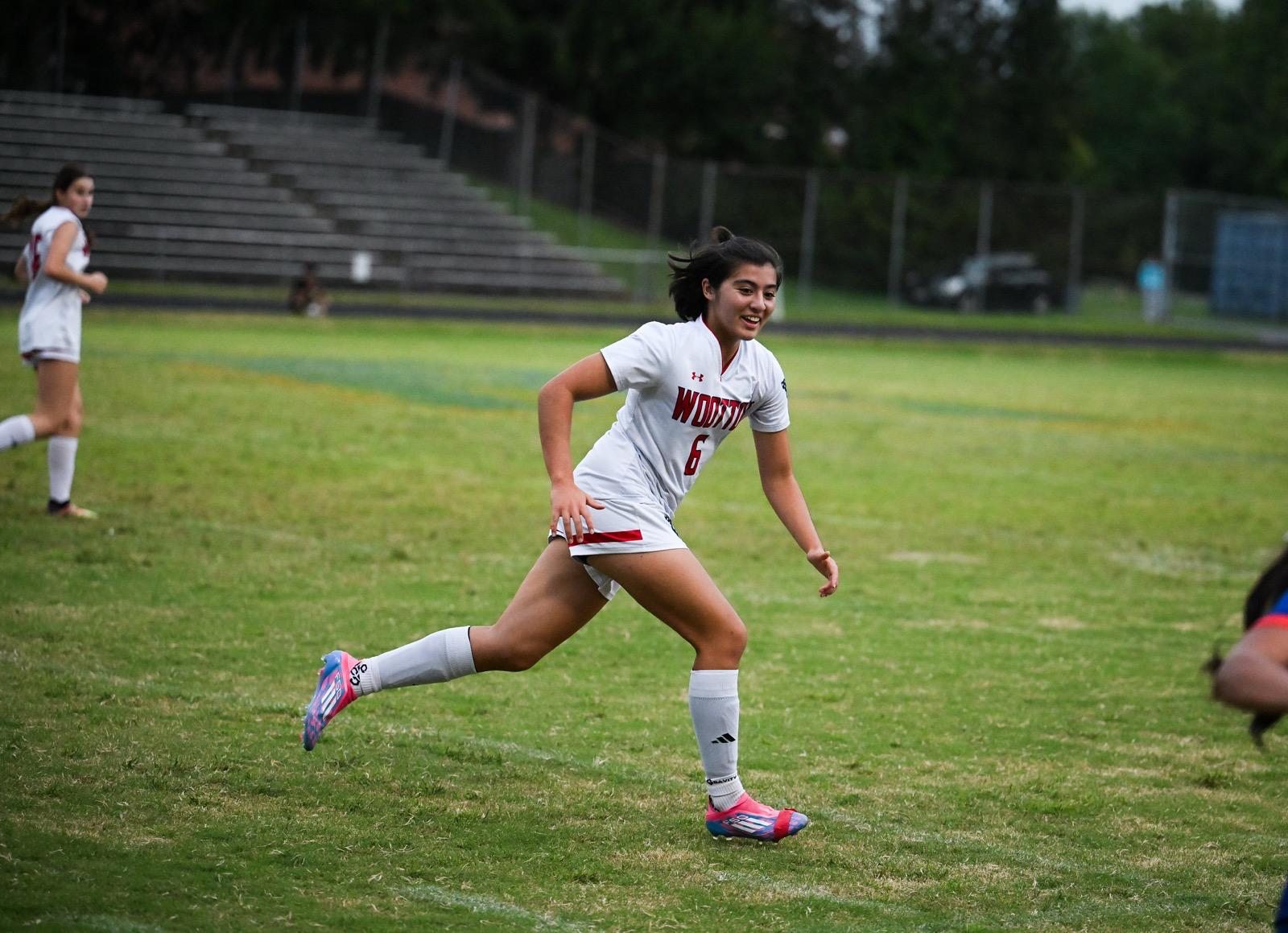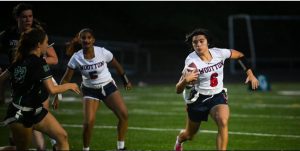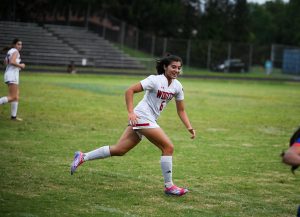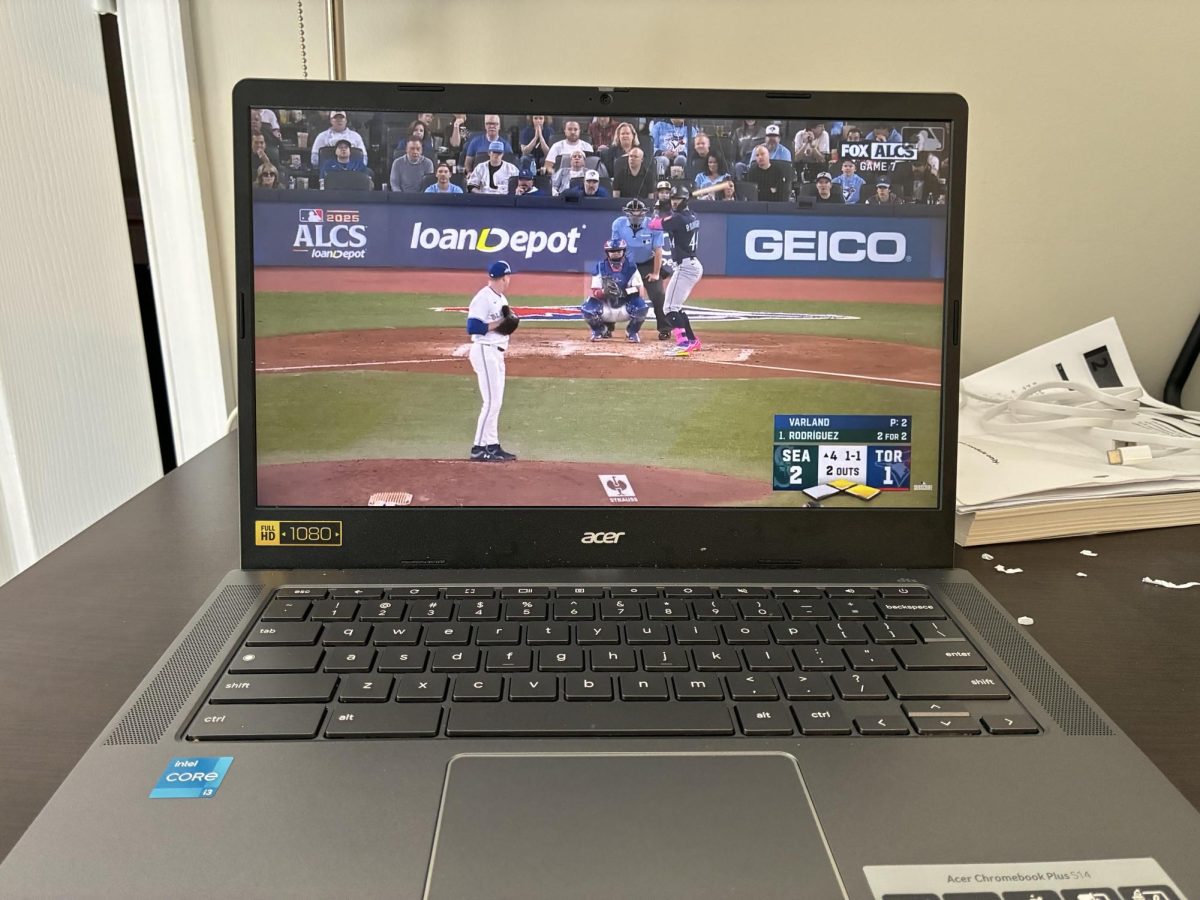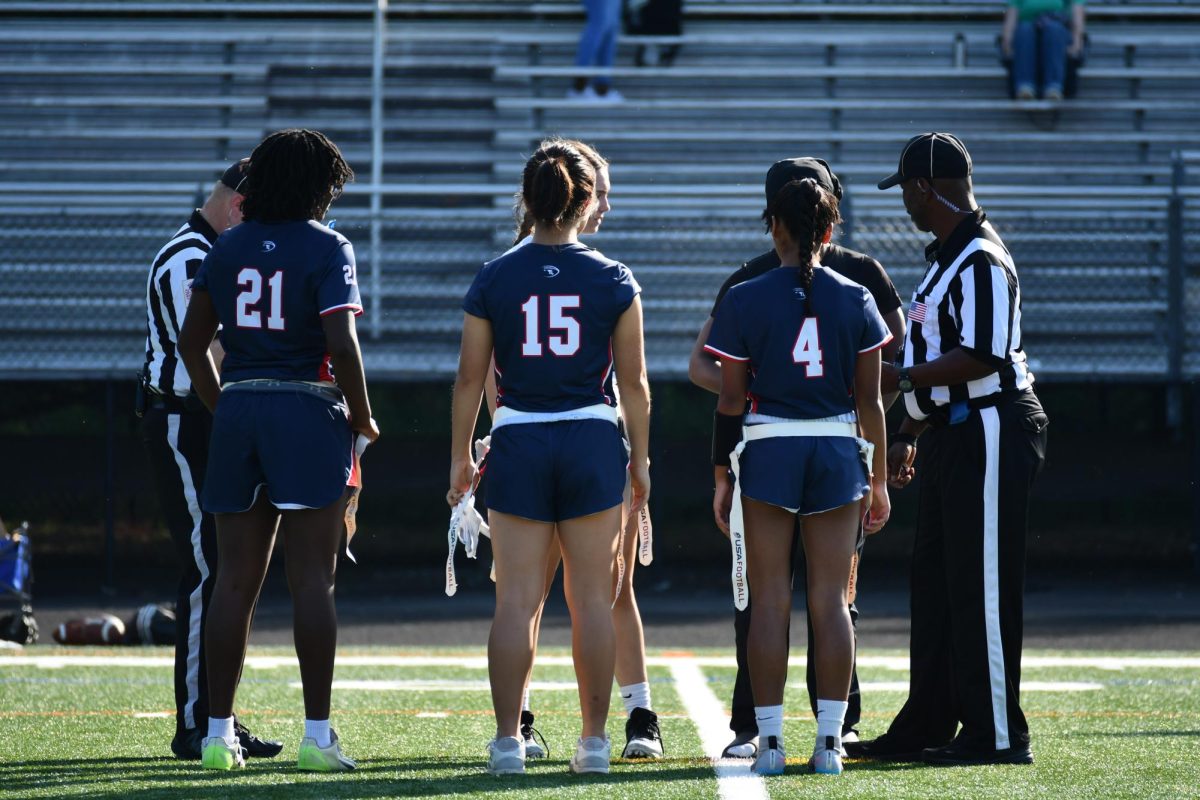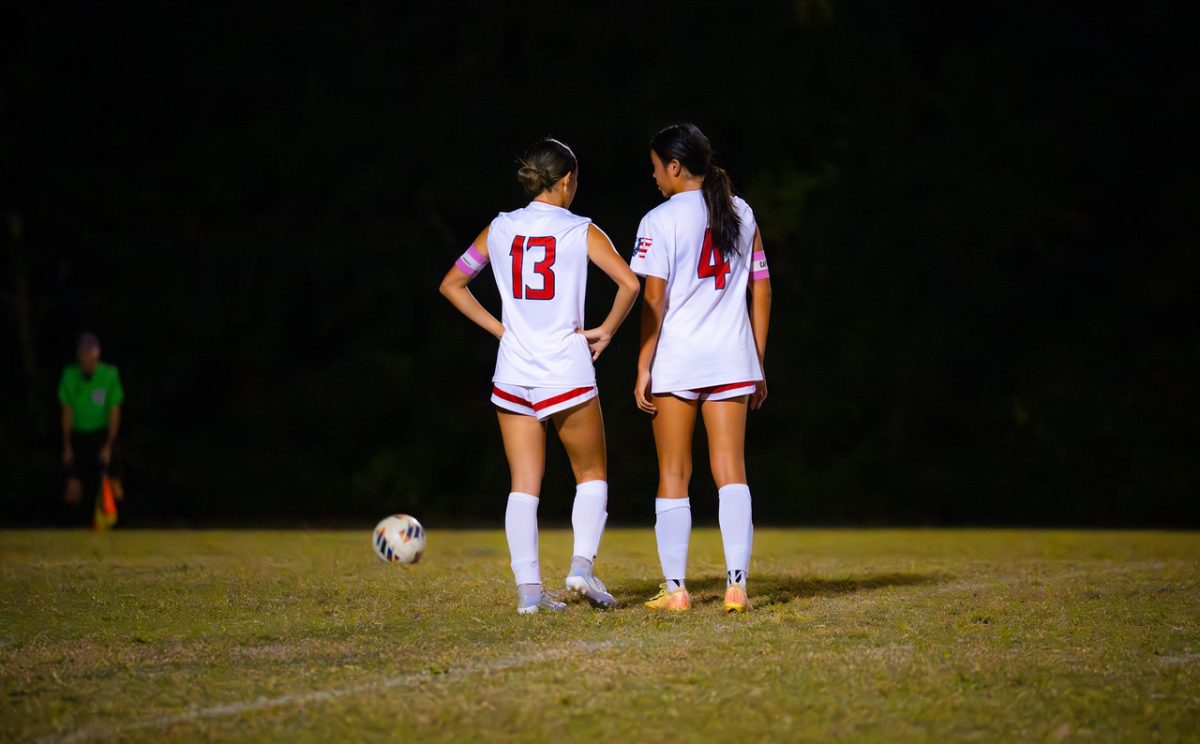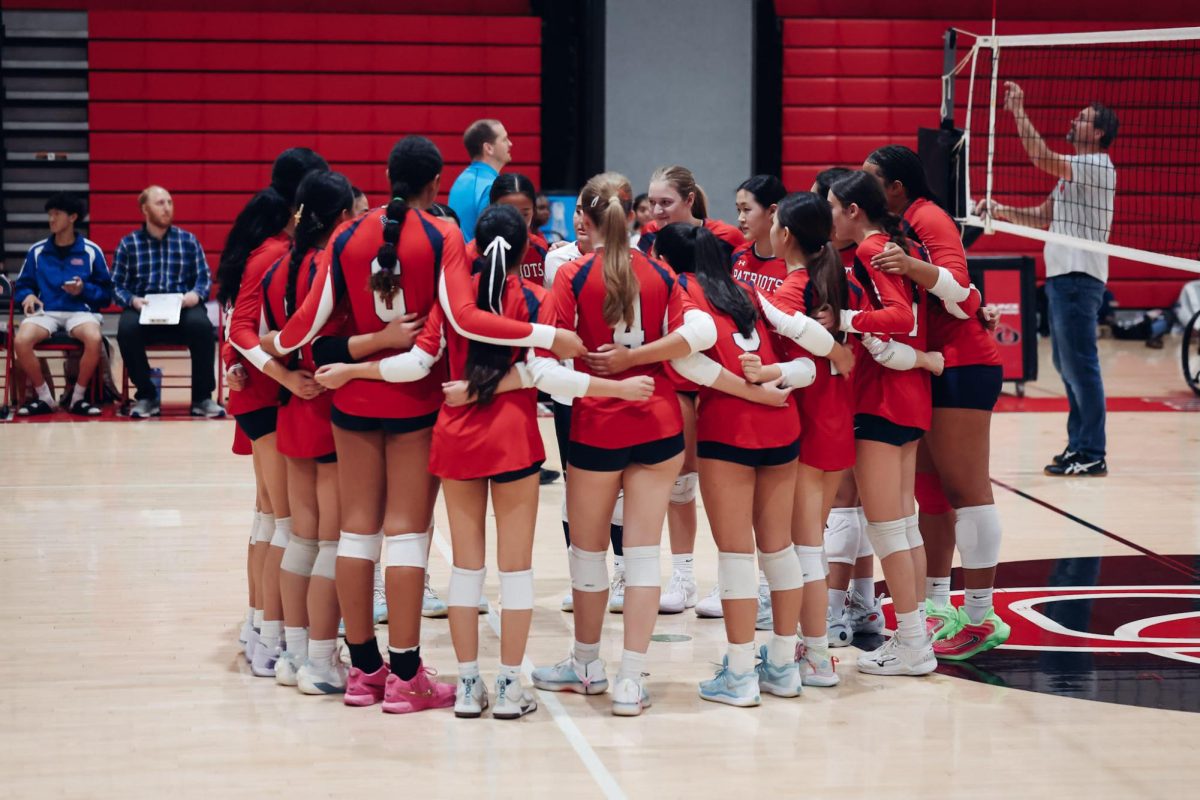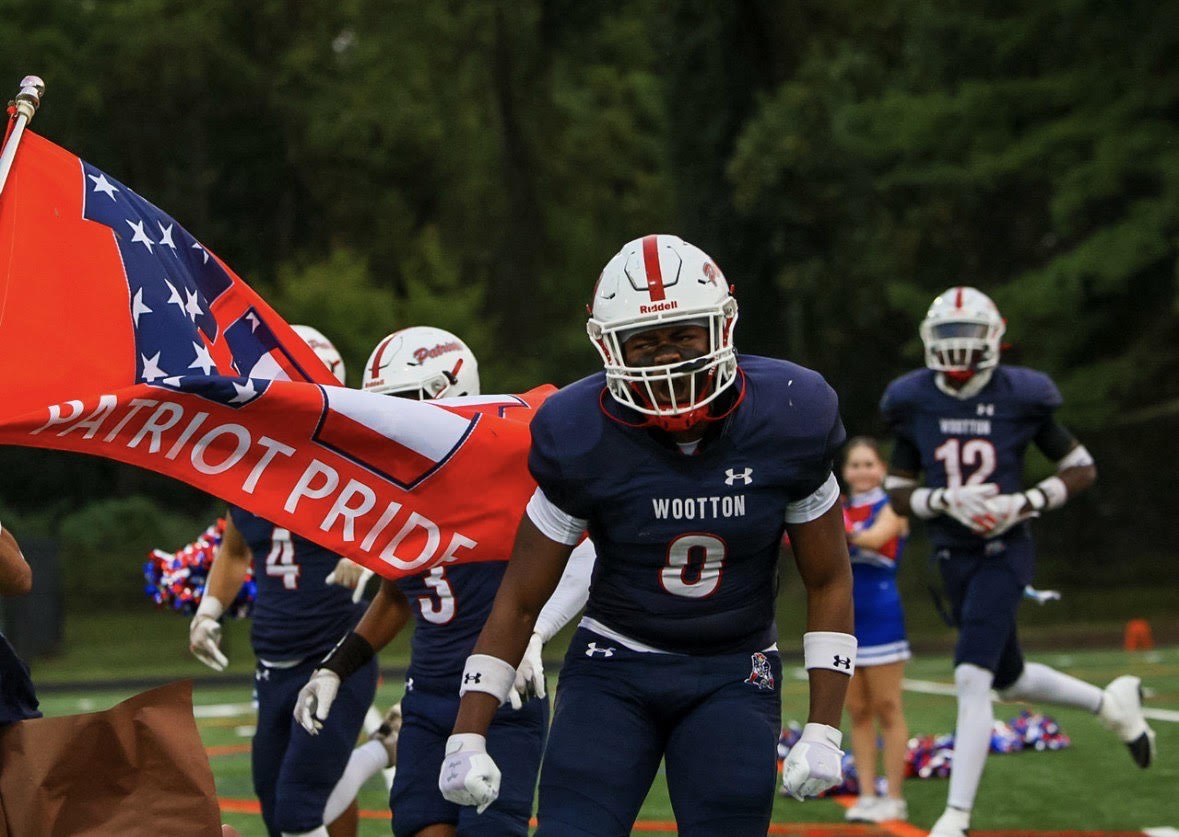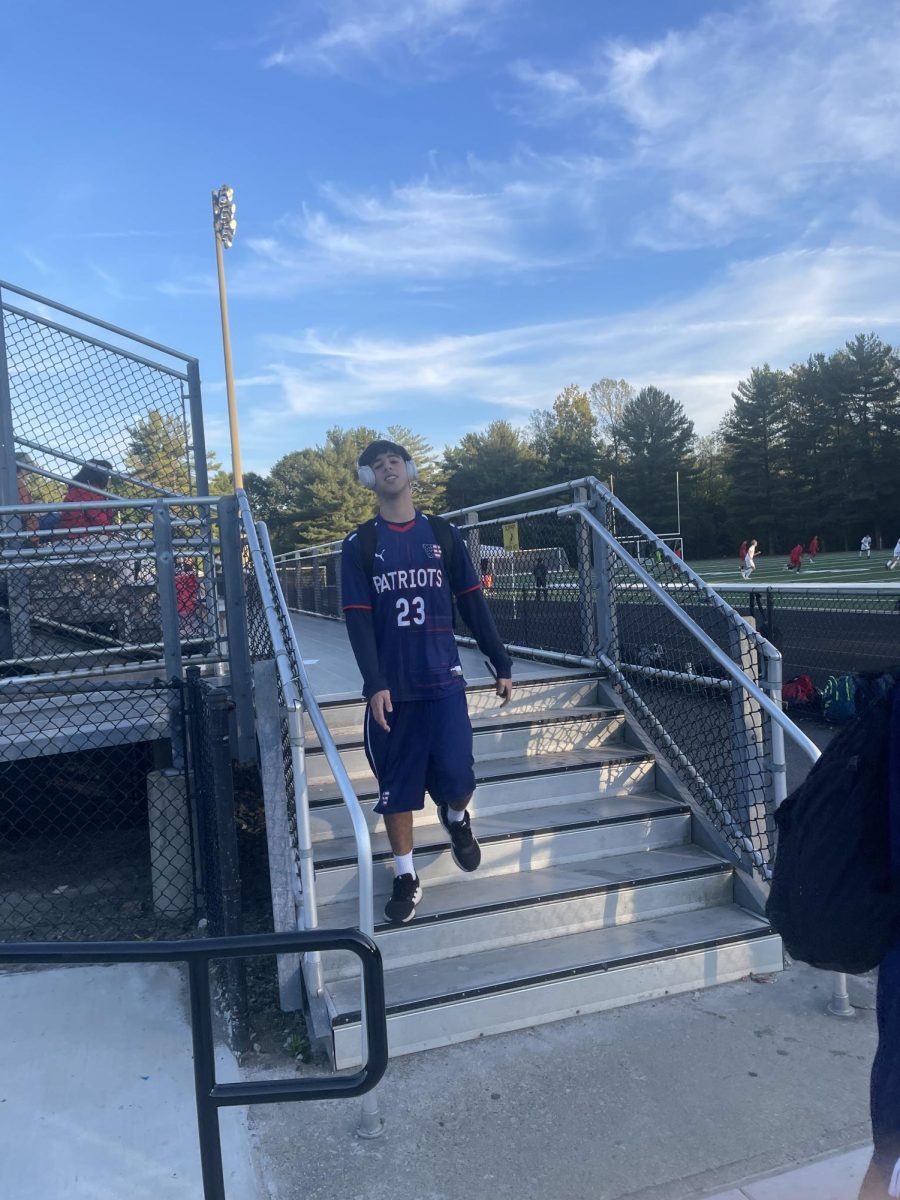This year, this school has begun restricting students from participating in dual sports – when a student competes in two different sports during the same season. While this change can help reduce burnout, scheduling conflicts and overuse injuries, the decision has sparked conversations about whether this is the right decision. Playing multiple sports can be a monumental part of the high school athletic experience, helping build bigger athletic crossovers.
A significant downside to banning dual sports is the limitation it places on student choice. High school is a time when students can explore and find their interests and passions. Playing multiple sports helps provide a chance for students to try new things, stay active year-round and connect with different groups of peers. A soccer player who also runs track can get the benefits of gaining endurance, speed and mental toughness that help both sports. Forcing students to choose just one activity may keep them from participating at all, or ultimately force athletes to make a sacrifice they don’t want to.
The county’s goal was not to restrict athletes from exploring different athletic areas, but instead was to keep specific athletic programs thriving, and in order to do that, they only allowed students to play one sport. “The idea was that we wanted to be able to grow the girls’ flag programs in the hopes that we would eventually get JV teams as well. The athletic directors in the county, as well as most coaches, were in favor of no dual sports. Specifically, to Wootton, all of our coaches were on board with no dual sports going forward. Ultimately, we all want girls’ flag to be a varsity sport that will eventually be a state sport with state playoffs and championships, and we did not feel dual sports were a way to make that happen,” Athletic Director Alton Lightsey said.
Advocates for the removal of dual sports often emphasize physical drain and scheduling issues as the main reasons for the removal. Student-athletes indeed face time management pressures, especially with practices, games and academics. “About halfway through the season, we started to see the students fatigue with their course loads on top of playing two varsity sports. Flag was the second sport for all of the athletes, so if games were on the same day, or they had a game and we had practice, we would have many people missing regularly,” flag football coach Miranda Custer said.
However, it is possible for these challenges to be managed with clear communication and coordination with coaches and students. Last year, this school managed to have athletes balance their dual commitments through flexible practice times, good communication and good time management. “We did our best last year to help players with their schedules to be at practice, games, and help them with time management, but it’s a big commitment to play two varsity sports on top of high-level academics, and a lot of players also played rec or travel team sports as well,” Custer said.
Research from the National Federation of State High School Associations (NFHS) has shown that specializing in a single sport can actually increase the risk of injury and burnout — the issues schools claim to be preventing. Playing multiple sports can help different muscle groups and reduce repetitive stress on specific muscles or the body in general. The majority of the most successful professional athletes, like Patrick Mahomes, Serena Williams, and Russell Wilson, were all multi-sport athletes in high school, and their athletic base helped them excel later in their careers. “When athletes play a dual sport, yes, they are at an increased risk for injuries just since they are playing two sports at once but on the flip side of that as well it does help athletes when they play one or more sports, training their muscles, it helps reduce the risk of overuse injuries because using their different muscle groups at different times. This same thing could be said throughout a kid’s entire life, like if you have a kid who just plays soccer their entire life, their gonna be more prone to injuries, but if you have a kid who plays multiple different sports, multiple times throughout the year, that let alone would help prevent injuries,” Athletic Trainer Brenna Allen said.
Beyond physical benefits, dual sports participation helps enforce important life skills. According to NFHS, time management, teamwork and adaptability are all strengthened when students juggle dual commitments. These qualities can extend beyond athletics, preparing students for college, work and life in general, as they can help expose them to new parts of athletics that they haven’t discovered already. “For some athletes, dual participation is also a way to experience variety. Playing in different settings exposes them to diverse coaching philosophies, game strategies, and team dynamics. This not only broadens their skill set but also deepens their appreciation for the sport,” the National Federation of State High School Associations (NFHS) said.
In the end, the removal of dual sports intentions behind it may be to protect students, the result is often less opportunity, less engagement and less enjoyment in high school sports. Schools should be focused on supporting student-athletes through communication, flexibility, and education, and not the restriction of exploration. High school sports are a time to play, learn and grow in as multiple ways as possible, and with these restrictions, students aren’t getting a full high school athletic experience.


